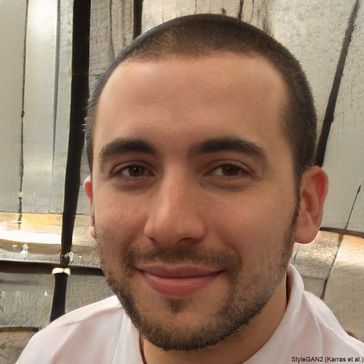Spinal stenosis is a condition characterized by the narrowing of the spinal canal, which puts pressure on the nerves and spinal cord. This condition can cause pain, numbness, and weakness in the back, legs, or arms. Common in older adults, spinal stenosis can develop due to aging, arthritis, or degenerative disc disease.If symptoms worsen, more advanced treatments such as injections or surgery may be necessary to restore function and alleviate pain.
What is Spinal Stenosis?
Spinal stenosis occurs when the spaces within the spine narrow, compressing the nerves traveling through it. This condition most commonly affects the lower back (lumbar stenosis) and the neck (cervical stenosis). While some people may not experience symptoms, others may suffer from chronic pain, tingling, or muscle weakness.
Causes of Spinal Stenosis
Several factors can contribute to the development of spinal stenosis, including:
- Aging: Natural wear and tear on the spine over time can lead to bone spurs and thickened ligaments, narrowing the spinal canal.
- Osteoarthritis: This condition causes the breakdown of cartilage and the formation of bony growths, which can press on the nerves.
- Herniated Discs: When spinal discs deteriorate, their soft inner material can leak out, irritating nearby nerves.
- Congenital Spinal Narrowing: Some individuals are born with a naturally narrow spinal canal, increasing their risk of stenosis.
- Spinal Injuries: Trauma from accidents or falls can cause swelling or fractures that lead to stenosis.
Symptoms of Spinal Stenosis
The symptoms of spinal stenosis vary depending on the location and severity of the condition. Some common signs include:
- Lower Back Pain: Often worsens with walking or standing and improves when sitting or leaning forward.
- Leg Numbness and Weakness: Reduced mobility or tingling sensations in the legs and feet.
- Neck Pain and Stiffness: Common in cervical stenosis, sometimes leading to balance problems.
- Sciatica: Shooting pain down the leg caused by nerve compression in the lower spine.
- Bladder or Bowel Dysfunction: In severe cases, spinal stenosis can cause loss of bladder or bowel control, requiring immediate medical attention.
Non-Surgical Treatments for Spinal Stenosis
Many patients manage spinal stenosis symptoms with conservative treatments before considering surgery. These include:
1. Physical Therapy
A structured physical therapy program can strengthen muscles, improve flexibility, and enhance spinal support. Exercises focusing on posture correction and core strengthening can relieve pressure on the spine.
2. Medications
- Nonsteroidal Anti-Inflammatory Drugs (NSAIDs): Help reduce inflammation and pain.
- Muscle Relaxants: Relieve muscle spasms associated with stenosis.
- Nerve Pain Medications: Such as gabapentin or pregabalin, may help manage nerve-related pain.
3. Epidural Steroid Injections
Corticosteroid injections into the affected spinal area can reduce inflammation and provide temporary pain relief. These are often used for patients who experience severe nerve pain.
Surgical Treatment for Spinal Stenosis
If non-surgical methods fail to relieve symptoms, surgery may be necessary to create more space in the spinal canal and relieve nerve compression. Common surgical procedures include:
1. Laminectomy (Decompression Surgery)
This procedure removes part of the vertebra (lamina) to create more space in the spinal canal, reducing pressure on the nerves. It is the most common surgery for spinal stenosis.
2. Spinal Fusion
Spinal fusion may be performed to stabilize the spine after decompression surgery. This procedure permanently connects two or more vertebrae to prevent movement that may cause pain.
3. Minimally Invasive Surgery
Advanced techniques use smaller incisions and specialized instruments to reduce tissue damage and shorten recovery time. This approach is less invasive and has a lower risk of complications.
Recovery and Rehabilitation
After surgery, a structured rehabilitation plan is essential for recovery. This may include:
- Physical therapy to regain strength and flexibility.
- Pain management strategies, including medication and stretching.
- Gradual return to daily activities to avoid excessive strain on the spine.
Conclusion
Spinal stenosis is a common condition that can significantly impact mobility and quality of life. While conservative treatments like physical therapy, medication, and lifestyle changes help manage symptoms, surgical intervention may be necessary for severe cases. Consulting a spine specialist is crucial to determining the best treatment plan for long-term relief.

